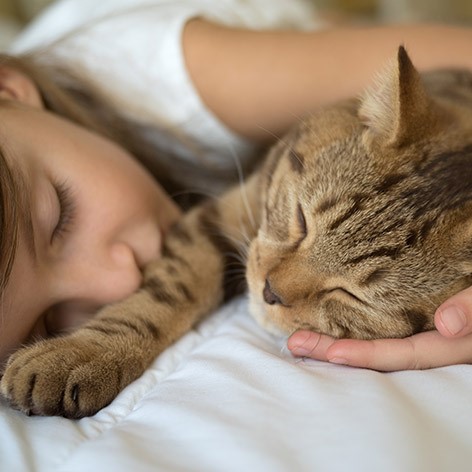Cats are known for marching to the beat of their own drum and being more distant, and less dependent on us humans than their dog compatriots.
This is one reason why they’re more suitable pets to some of us, but if your cat is becoming almost anti-social or completely withdrawn and you’d prefer a bit more interactivity, here are some considerations for pet parents to keep in mind.
Have the Basics down Pat
Make sure your kitty has everything they need to feel secure – quality food, fresh water, clean litter and fun toys: playing with your furry friend, or giving them attention when they don’t expect it can improve their affections towards you.
Give them a Good ol’ Pat
The simple contact that comes with a decent pat will bring the two of you closer. Most cats purr like crazy over a scratch between the ears, or gentle stroke under the chin. If yours seems a bit scatty or nervous, however, always pat in the direction of their fur. Don’t overcrowd and allow them to exit whenever they’ve had their time with you.
Remember that cats like many short bursts of attention, rather than constant ‘pressure to perform’.
Back Scratches
Scratches just above the tail and tummy rubs are also favourites among some felines – the key word being ‘some’. Others may not enjoy it all and get the claws out! Lesson here is to ask your cat what it likes by gentle trial and error.
Reward the Good Stuff
Some are under the impression that cats can’t be trained, but it’s untrue. If you’ve shown them some love and time and they’re offered it in return, give them a treat to reward and reinforce this behaviour. A high-value gift means they’re much more likely to return for more.
Cats like to be in control, which means having the ability to exit from any given situation if they so wish.
They don’t like to be boxed in and this is one reason why some don’t like to be picked up. If they get to the point of trusting you enough to have some off-floor cuddles, be sure to allow them to say ‘when’. If they tense up or start to wriggle, that’s the end of the session. Remember also that they like to see the world from higher vantage points, where they can see what’s going on. Rather than being encircled with a hug from all directions, they more often enjoy just sitting in or against you. Your shoulder is often a great perch for them to get comfortable and survey the surrounds.
Try a bit of catnip. It can help your cat feel more playful and interactive, at least for a little while. Note though that in some cats it can stimulate them into ‘hunting’ behaviour: running, jumping, pouncing and rolling. If you combine this with a toy however, these exercise sessions can bring you closer together as buddies.
Approach with caution and respect their space.
By not approaching your cat too suddenly, not surprising them and avoiding from approaching them ‘head on’ and overly intensely, you’re ensuring that they don’t feel stressed or threatened by your behaviour. Most of us know that cat’s most like ‘cat haters’ and this shouldn’t be a surprise. If you ignore a cat and show no interest in chasing them about the room, their natural inquisition will likely bring them to you, and a healthy relationship will ensue.
When it comes to increasing contact and affection with your cat, there is no benefit to forcing a square peg into a round hole.
Meaning we need to allow our cats to express their own personality. While some breeds are more sociable than others and this might be a consideration when choosing a cat, we need to be mindful that they’re ‘less domesticated’ as a species than are dogs. They simply haven’t spent as many thousands of years living and growing with us, as dogs have.
All said however, the above tips should help you understand and get closer to your cat, without getting too in their face!








